2000s
2020s | 2010s | 2000s | 1990s | 1980s | 1970s | 1960s | 1950s | 1940s | 1930s | 1920s | 1910s | 1900s | 1890s
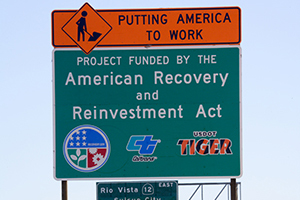
2009
California received $3.64 billion from the American Recovery and Reinvestment Act (Economic Stimulus Package) for transportation and was the first state to obligate $1.5 billion to projects. These projects include a $1 billion lane widening on Interstate 405, a $13.5 million project to resurface and repair a 50-year-old section of Interstate 80 in the Bay Area and $1 billion to replace sections of Doyle Drive in San Francisco.
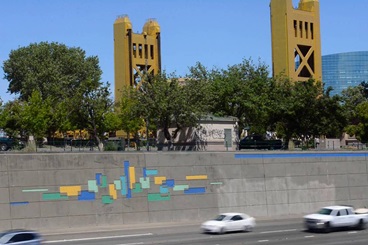
2008
Caltrans completed the traffic-interfering work associated with rehabilitating the "boat section," a 3/4-mile stretch of Interstate 5 in Downtown Sacramento. The work was completed in a record 38 working days, rather than the projected two years, with minimal inconvenience to the public.
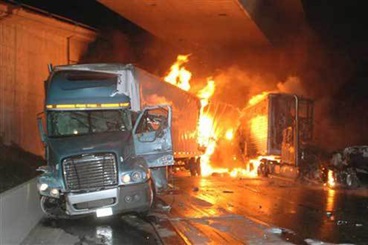
2007
In October, Caltrans quickly responded to a fiery tunnel crash on Interstate 5 near Santa Clarita that killed three people and involved 31 vehicles. Caltrans cleared the tunnel and reopened the route in a remarkable three days.
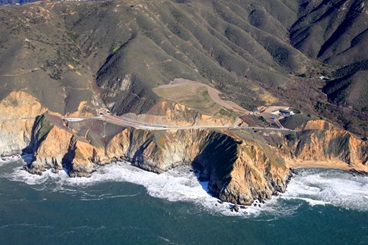
2007
The Devil's Slide project began construction on State Route 1 in San Mateo County in September, 2007. Caltrans designed the project to bypass the dangerous and maintenance-intense Devil's Slide that was frequently closed because of storm damage. The project was completed in March, 2013 and consists of two parallel 4,200-foot-long tunnels and two 1,000-foot-long bridges.
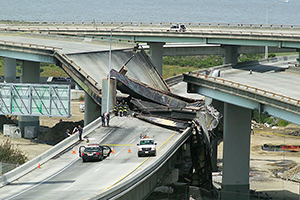
2007
Caltrans, working with its partners in the private sector and government, oversaw the reconstruction and re-opening of the Interstate 880 and Interstate 580 approaches to the San Francisco–Oakland Bay Bridge in a record 26 days following a devastating accident that compromised the structure.
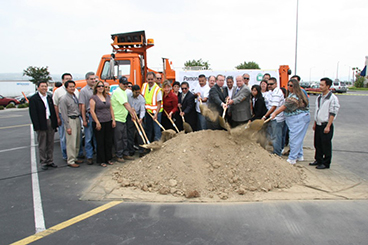
2007
Caltrans, for the first time in history, oversaw $10 billion of construction on the State highway system.
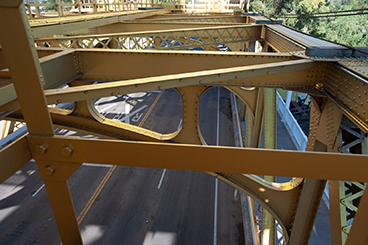
2006
Caltrans seismically retrofitted 99.5 percent of all state-owned bridges, making them stronger and safer if a major earthquake occurs.
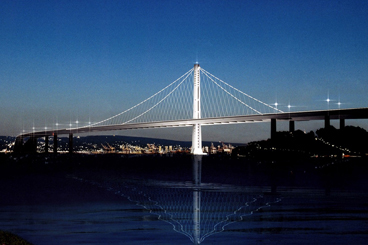
2006
The San Francisco-Oakland Bay Bridge self-anchored suspension span contract was awarded in April, which was the largest public infrastructure contract in California's history.
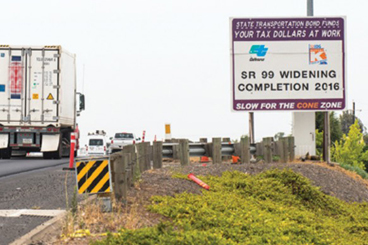
2006
Voters approved Propositions 1A and 1B:
- Proposition 1A permanently protected Proposition 42 transportation funds and required previously diverted funds to be repaid.
- Proposition 1B authorized the sale of $19.9 billion in bonds for a broad range of transportation projects.

2005
Caltrans developed the Goods Movement Action Plan, which offered solutions to improve goods flow, while reducing environmental impacts related to good movements. The Department also distributed $5 million in federal funds as grants to metropolitan planning organizations to produce regional blueprint planning documents designed to improve environmental quality.
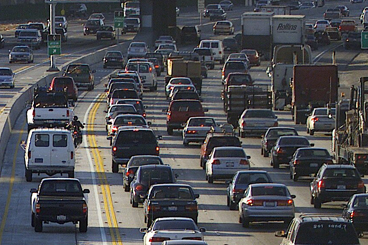
2004
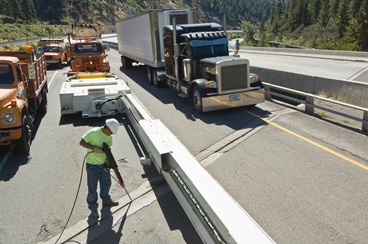
2004

2002
The first Amber Alert notification occurred on August 1, when two teenage girls were abducted near Lancaster. Caltrans District 9 equipment operator Milton Walters spotted the abductor's white Bronco, scratched the license number in the dirt and on his lunchbox and contacted the California Highway Patrol.
Tweets by AMBERAlert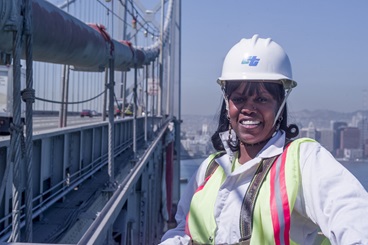
2001
She retired from Caltrans in 2014"No matter how many times you do it, it is always an awesome sight looking at the most beautiful city in the world…It doesn’t get any better than that."

